![]() Highest Quality Parts
Highest Quality Parts
![]() Shop Now, Pay Later
Shop Now, Pay Later
Worldwide Shipping
All charges are applied in current currency Netherlands (EUR €)
€0,00 EUR
![]() Highest Quality Parts
Highest Quality Parts
![]() Shop Now, Pay Later
Shop Now, Pay Later
Worldwide Shipping
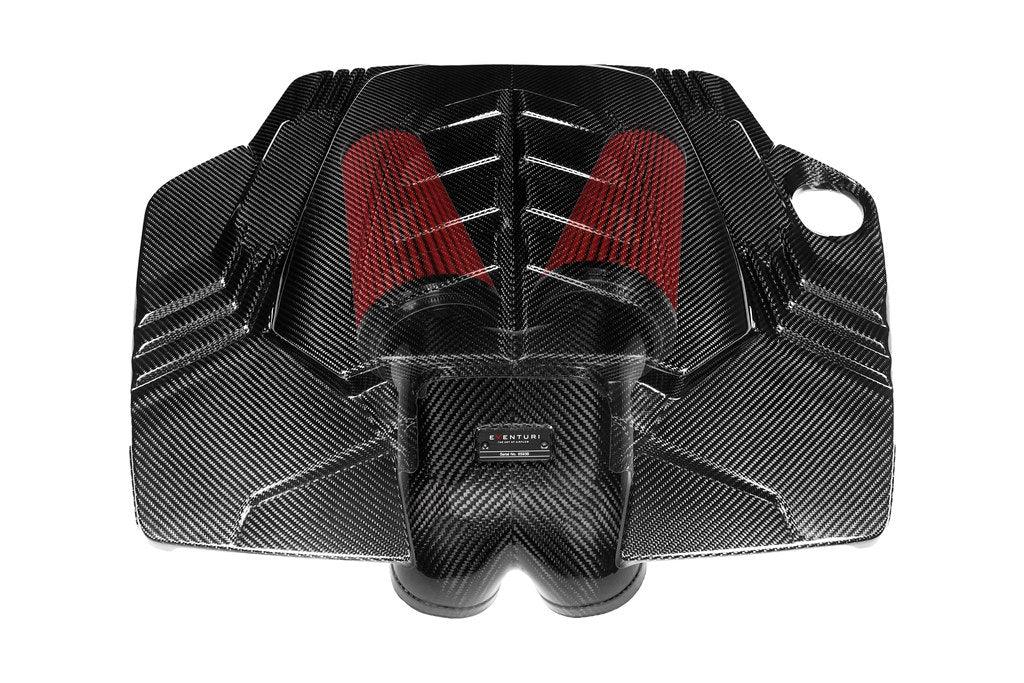

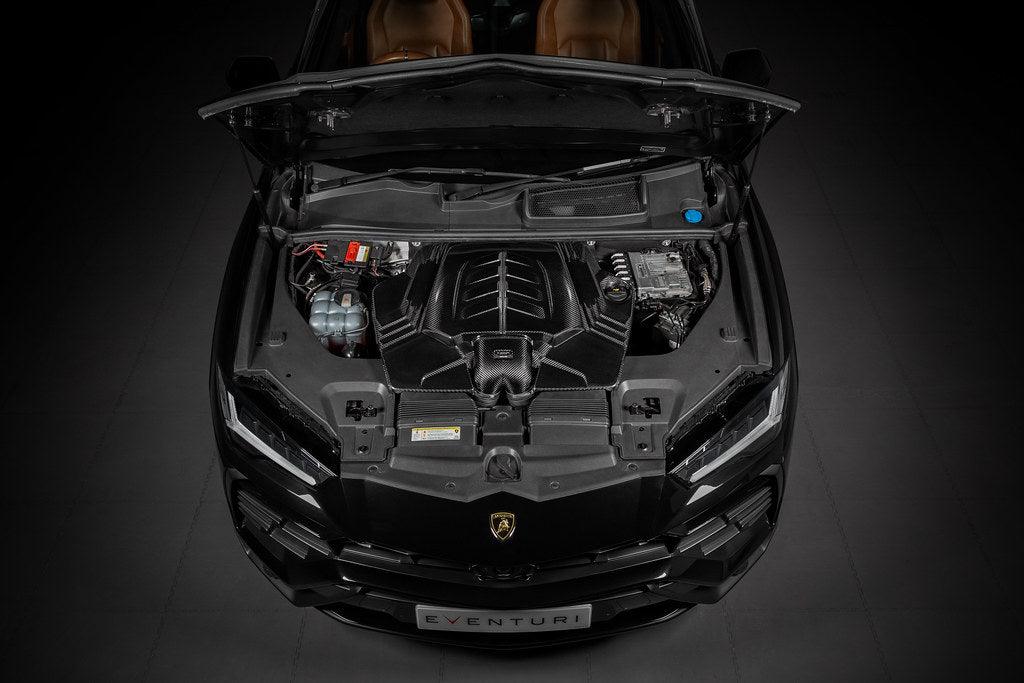
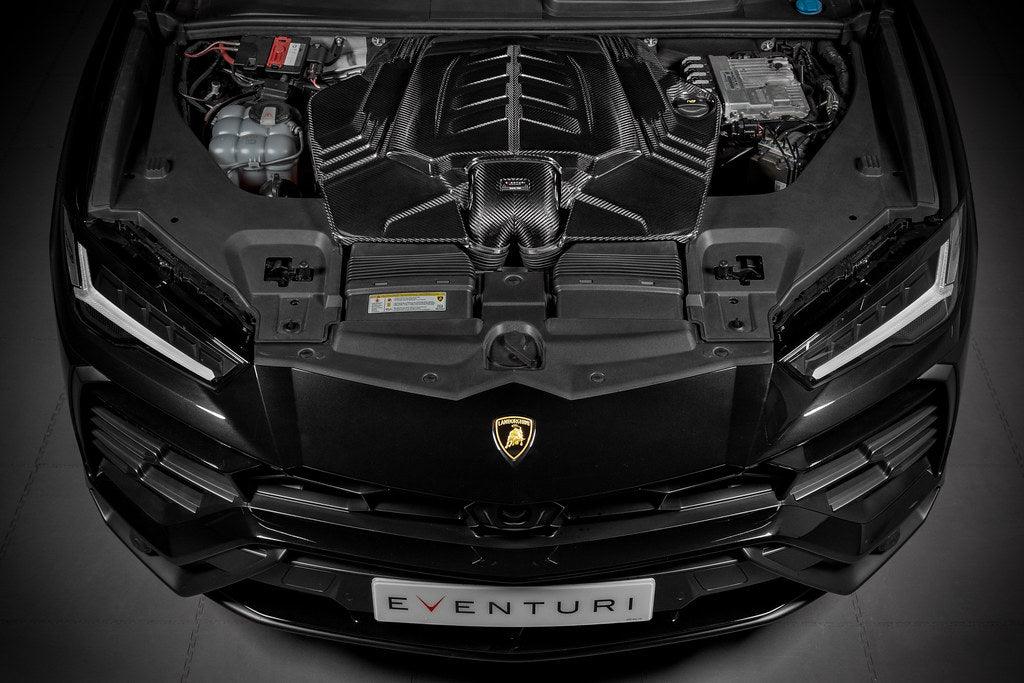

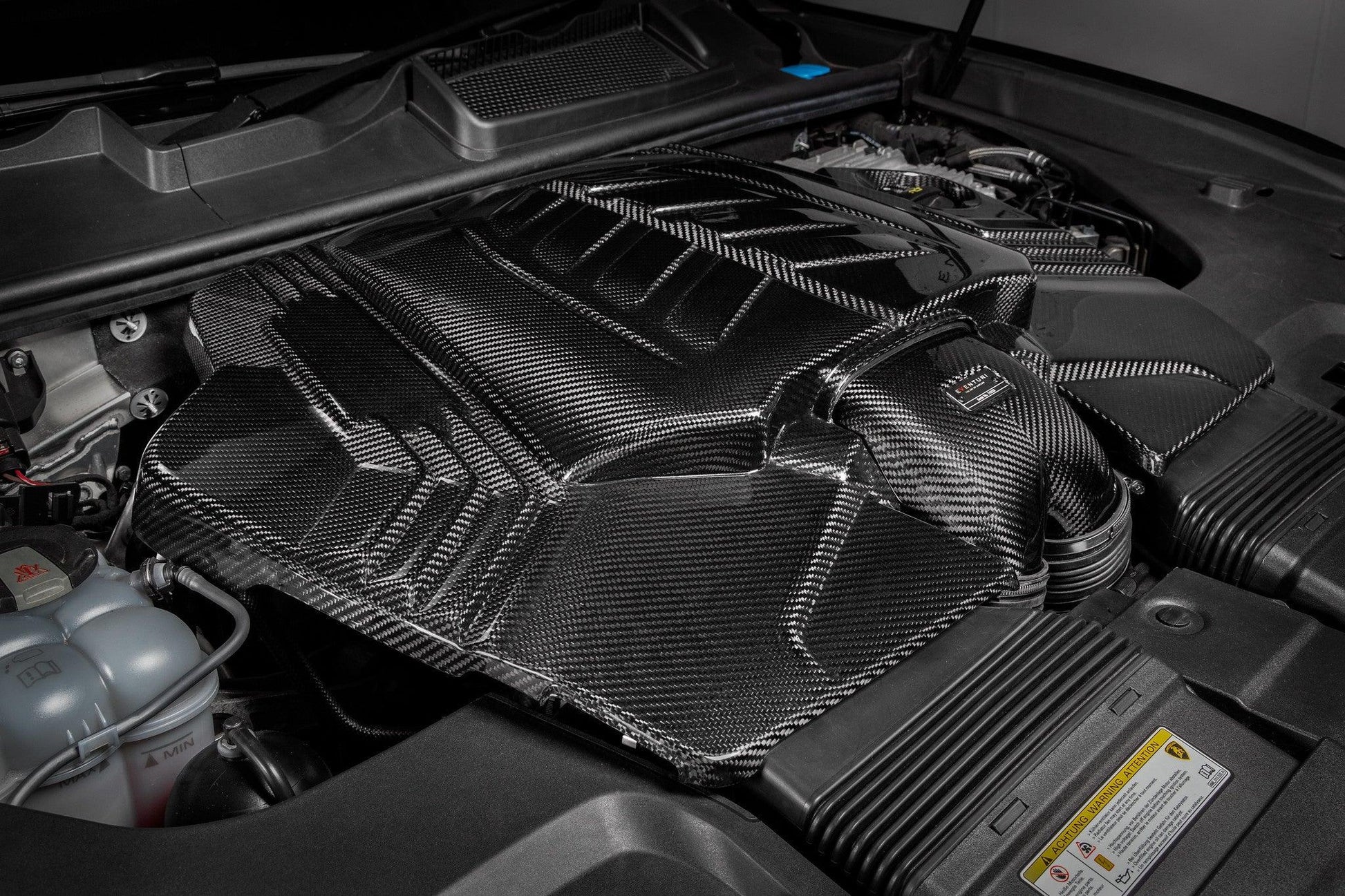
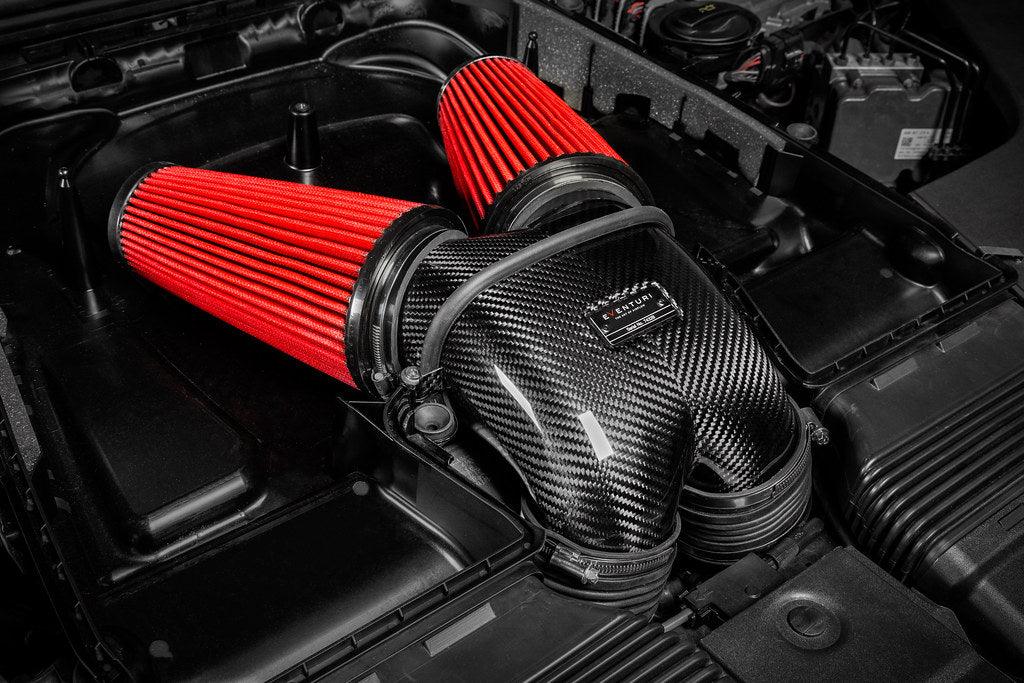
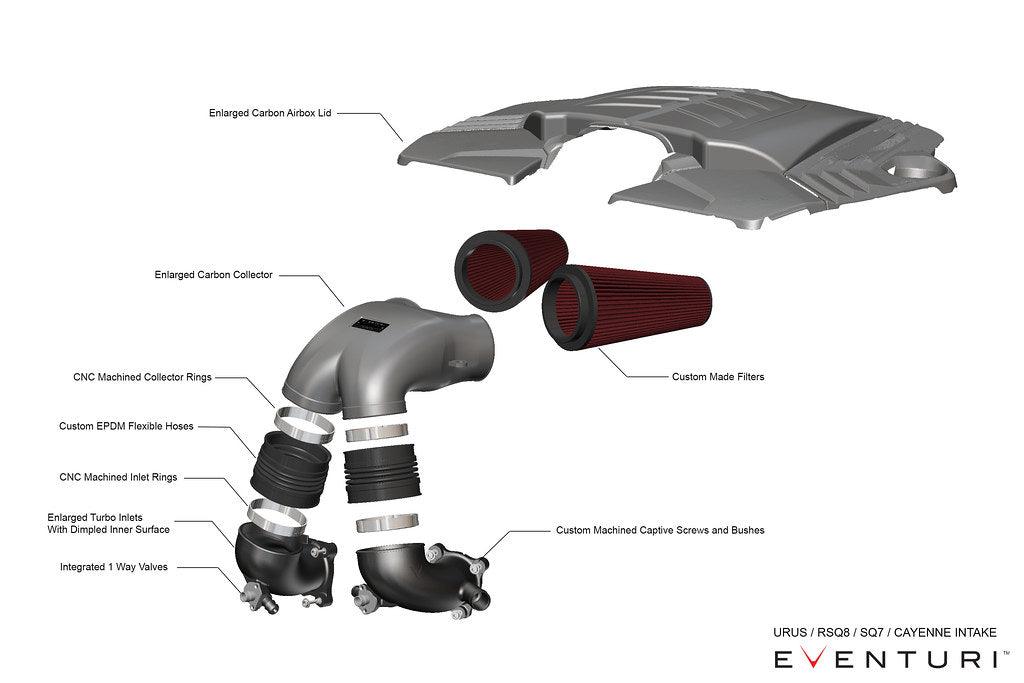
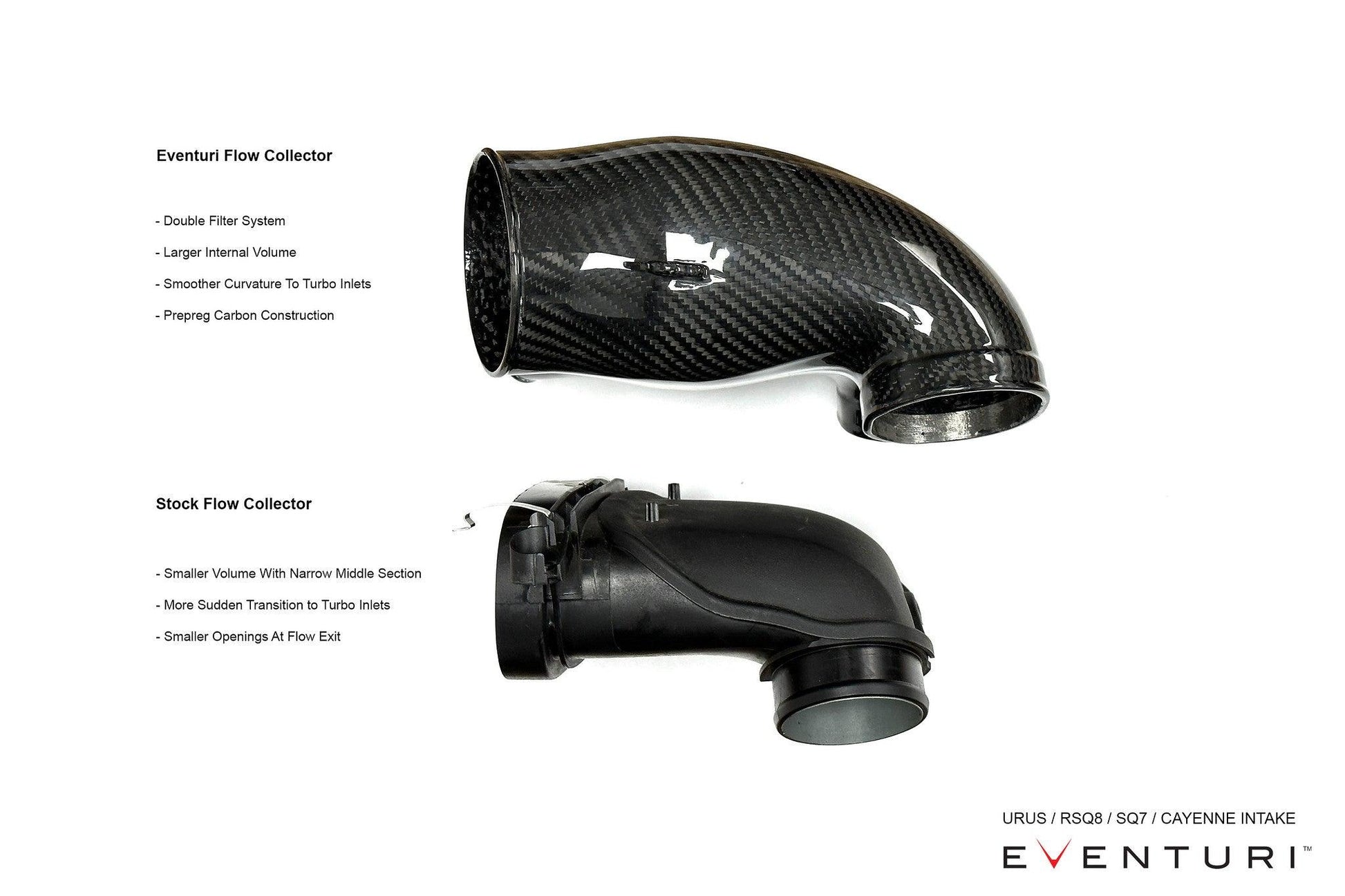


Eventuri
SKU:
 Highest quality parts.
Highest quality parts.
Couldn't load pickup availability
"I recently bought a few performance parts for my BMW from AutoTopNL, and the whole experience was top-notch. The website was easy to navigate, and they had exactly what I needed. Shipping was fast, and everything came well-packaged. The quality of the parts is excellent—definitely not cheap knock-offs. My car runs smoother and sounds better already. Would definitely recommend AutoTopNL to any BMW enthusiast!."
Performance Gain Stock Map: 14-20hp, 17-21ft-lb
Performance Gain Stage 1 Map*: 25-28hp, 20-23ft-lb
Fitment: 2020+ RSQ8/SQ7/SQ8, 2019+ Urus, 2020+ Cayenne Turbo, 2019+ Bentayga
Our 4.0TFSI V8 EA825 intake is a ground-up redesign and optimisation of the entire air inlet track. Every component including the lid has been developed to allow the V8 twin turbos to pull in air with less drag resulting in industry leading performance gains. The stock airbox lid itself creates a restriction on the size of the flow collector which feeds the inlets from the filters. So we increased the height of the central section of the lid to allow for a larger flow collector and larger cone filters to be used. This removes the inherent restriction and sets our intake apart from the rest of the field who by utilising the stock lid must also use a restricted collector and filtration media. The turbo inlets are up to 43% larger in cross sectional area than stock and are designed with an advanced dimpled inner surface to reduce frictional losses between the flow and the wall boundary. By allowing a “cushion” of air at the wall surface, airflow is able to move through the inlets at higher flow rates with reduced pressure loss. This allows the turbos to draw air with less resistance and therefore reduce the wastegate duty cycle resulting in higher overall performance.
*Gains measured can vary with different ECU tunes.



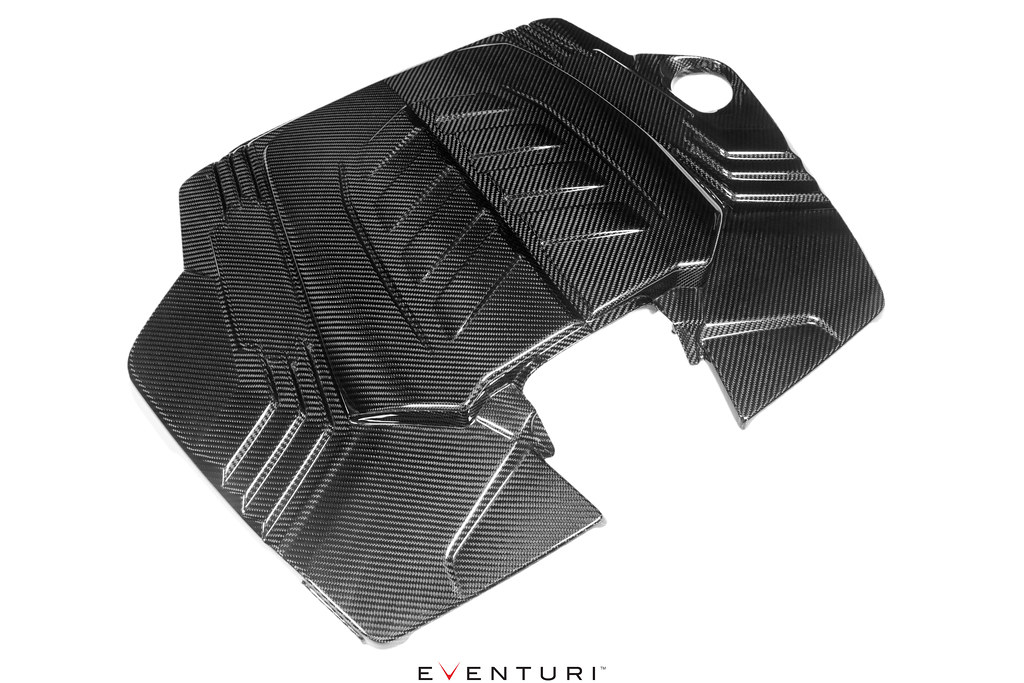






Looking for more information? Just ask us.
Call Us: +31684454987
Email Us: autotopnl@gmail.com
We ship your order as quickly as possible. Delivery times may vary per product and are shown at checkout. Once your order has been dispatched, you’ll receive a tracking link to follow your package.
Not completely satisfied with your purchase? No worries. You can return your item within 14 days of receipt, as long as it’s unused and in its original packaging. Return shipping costs are at your own expense, unless stated otherwise.
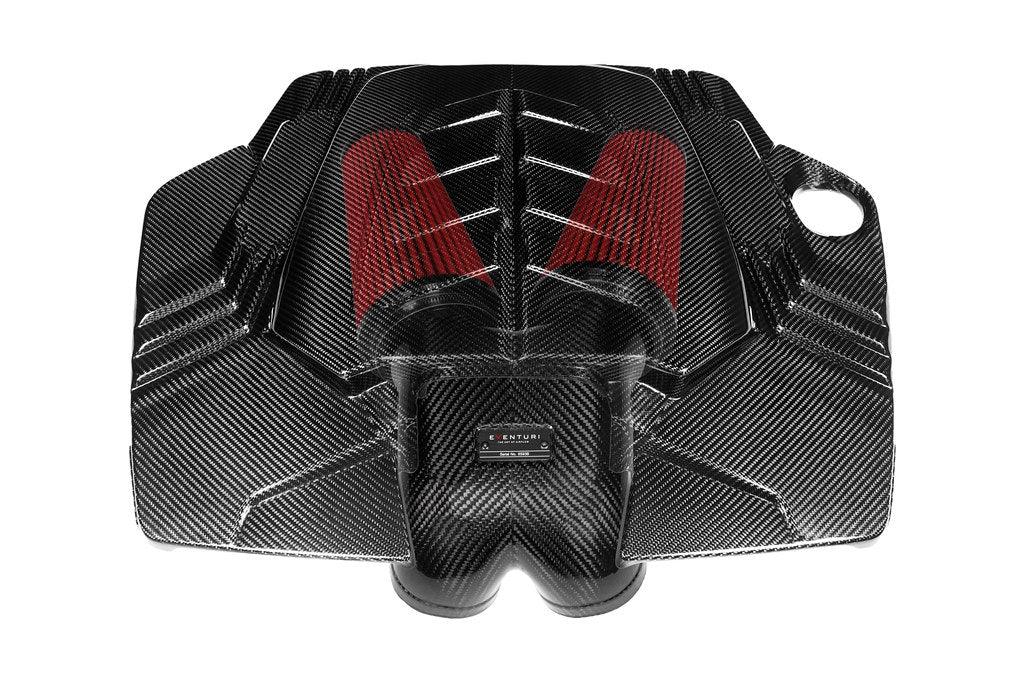
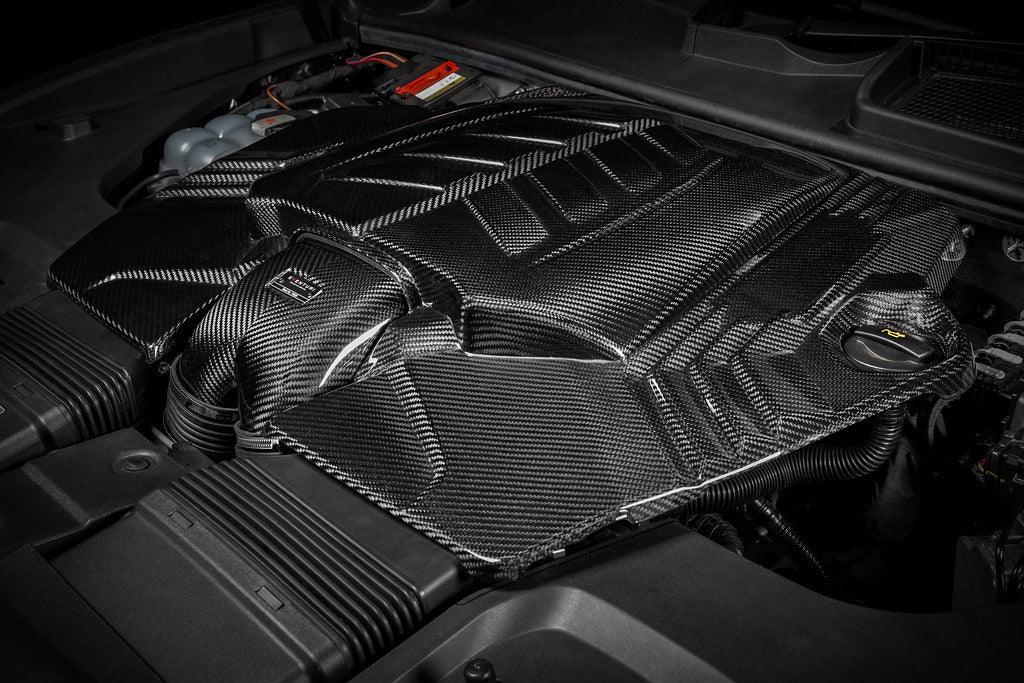
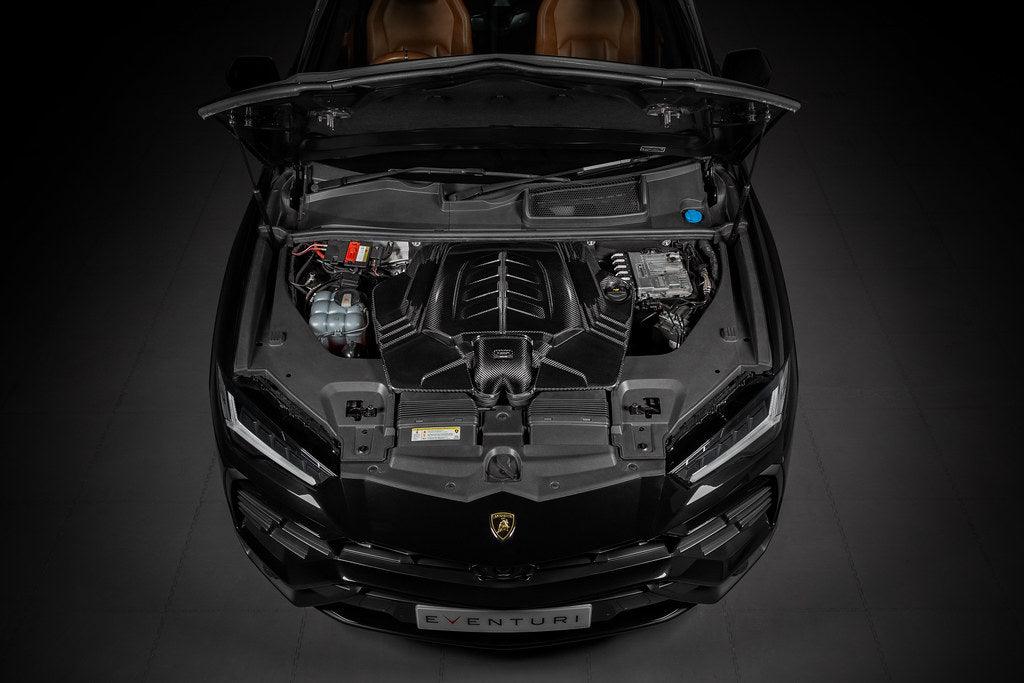
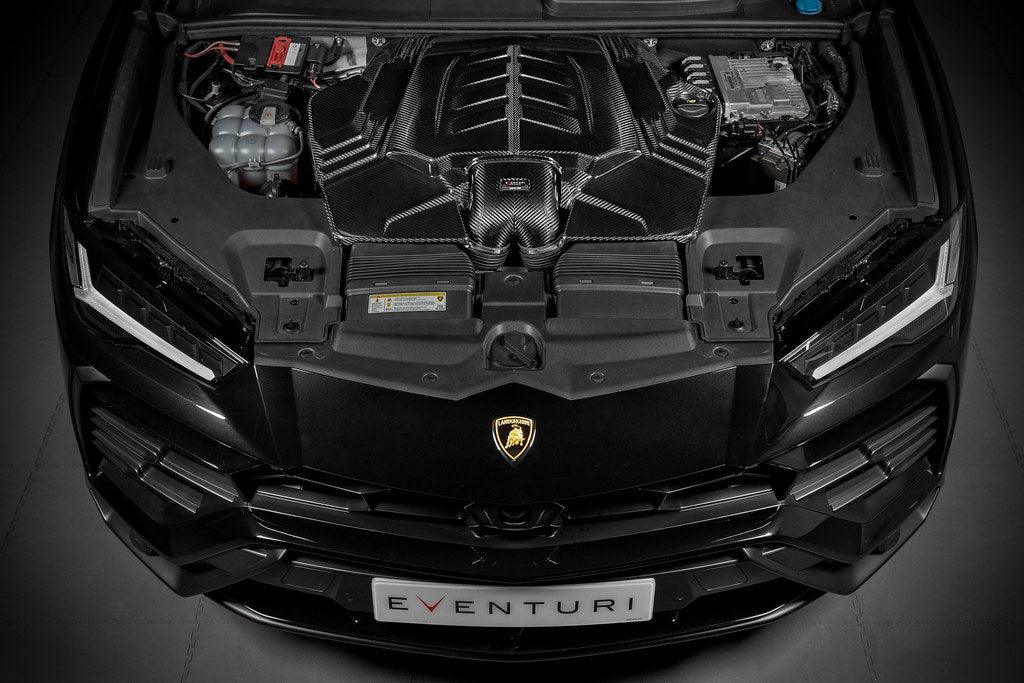

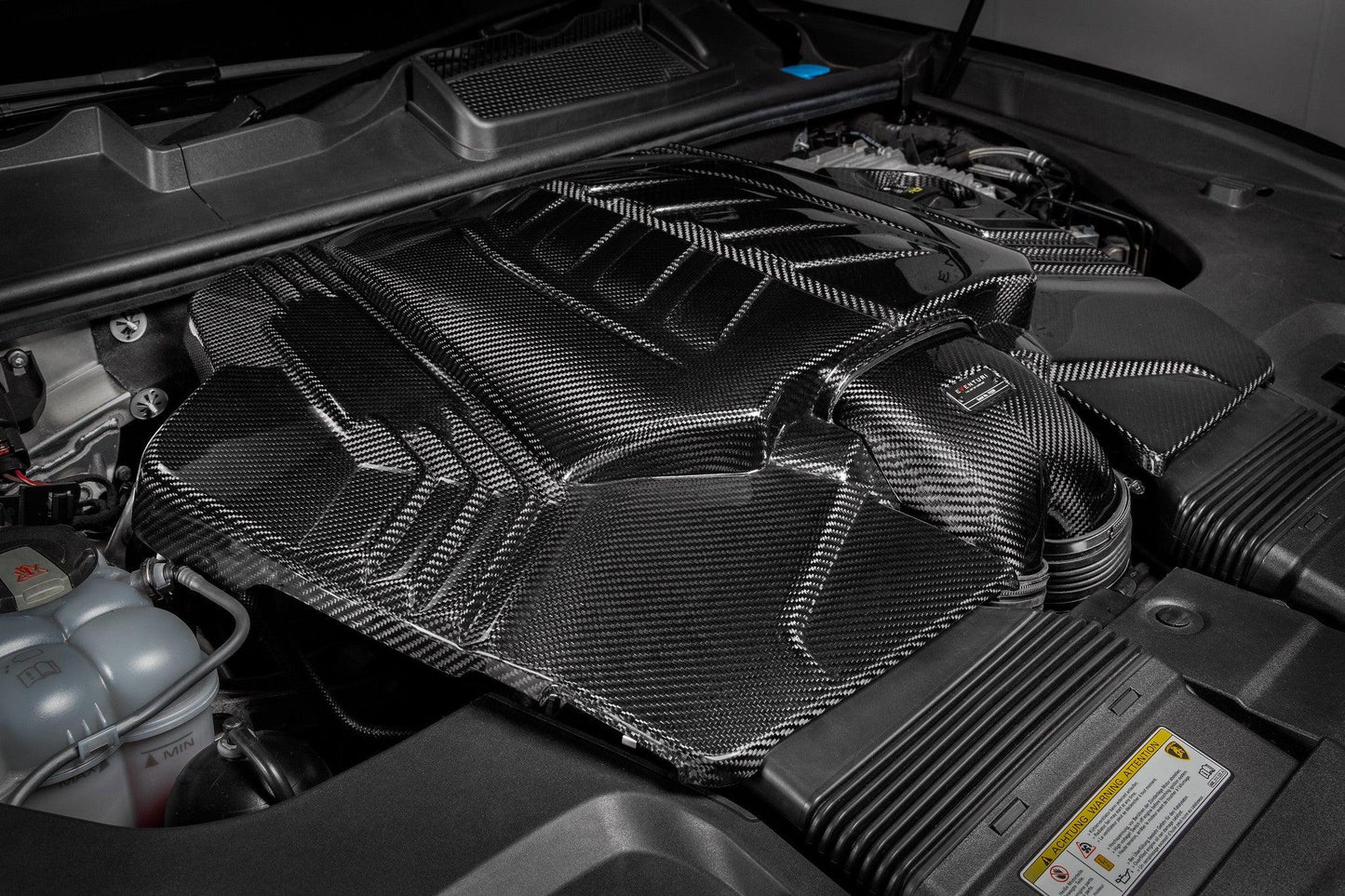

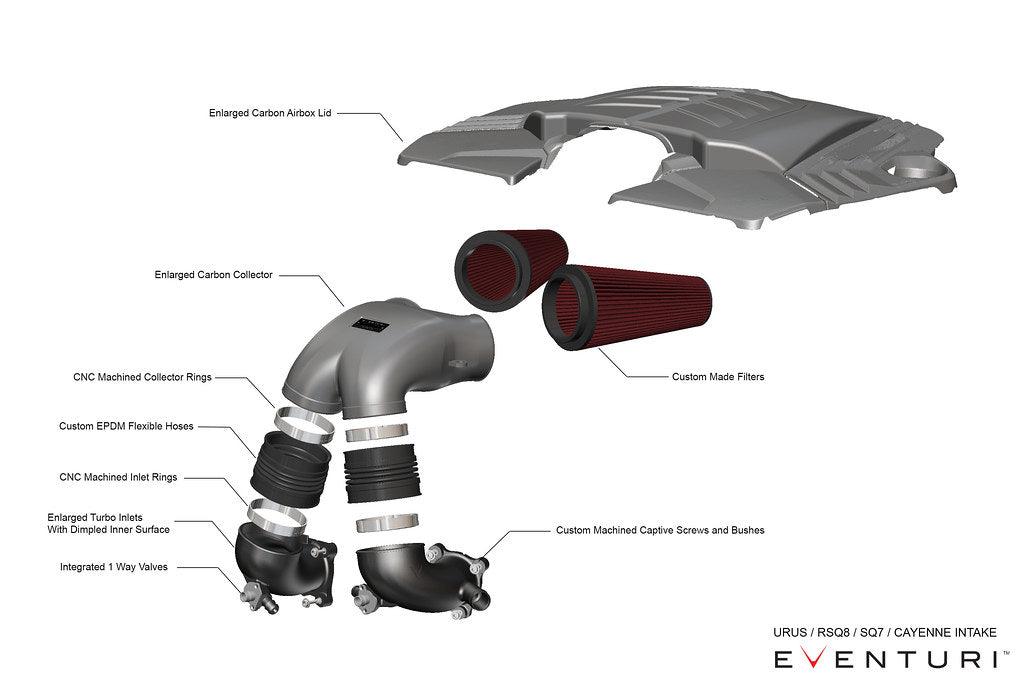
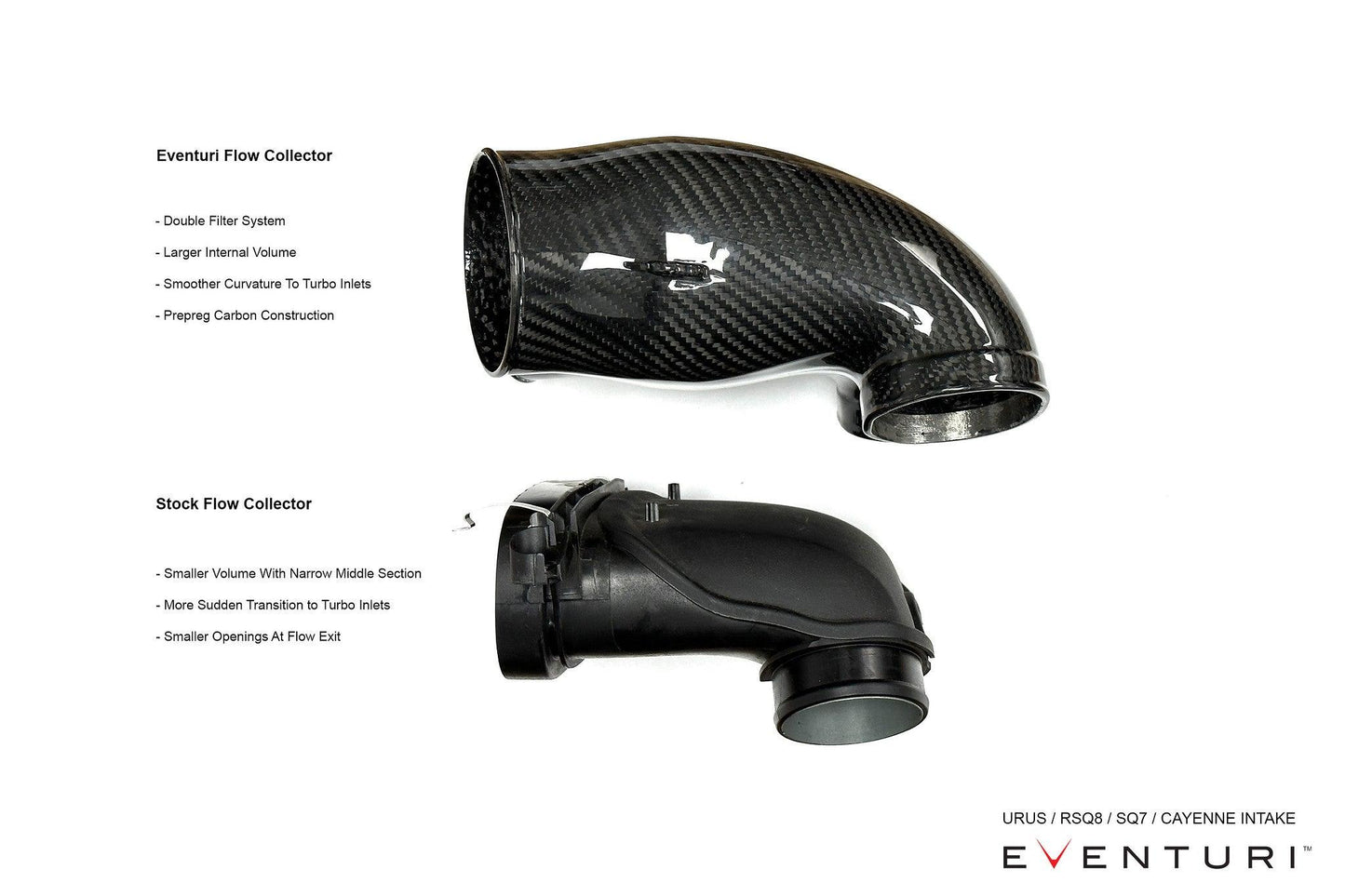
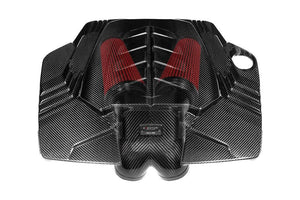

Over 15 years of testing, fine-tuning, and perfecting performance cars expertise you can trust.

Every product is meticulously selected and road-tested by us to meet the highest standards of performance.

Proudly representing world-renowned brands such as Eventuri, Akrapovic, and Evolution M authentic, warrantied, and exclusive.

Performance isn’t just our business it’s our lifestyle. We help you unlock your vehicle’s true potential with precision and care.

